
We have all grown up hearing about and believing several theories and myths about animals. However, not all of them were true. Let's look at an example: We were taught ostriches bury their heads in the sand when they are scared. This is, in fact, not true as the poor birds won’t be able to breathe if they bury their heads in the sand. The reality is that mother ostriches put their heads in the hole to turn the eggs several times during a day and that is where the myth originated from.
There are so many other similar animal stereotypes that you must have heard and believe in. Some of them might be true and some might just be myths. Here, we present the reality behind some of the more popular animal stereotypes.
1. Sloths Are Lazy:
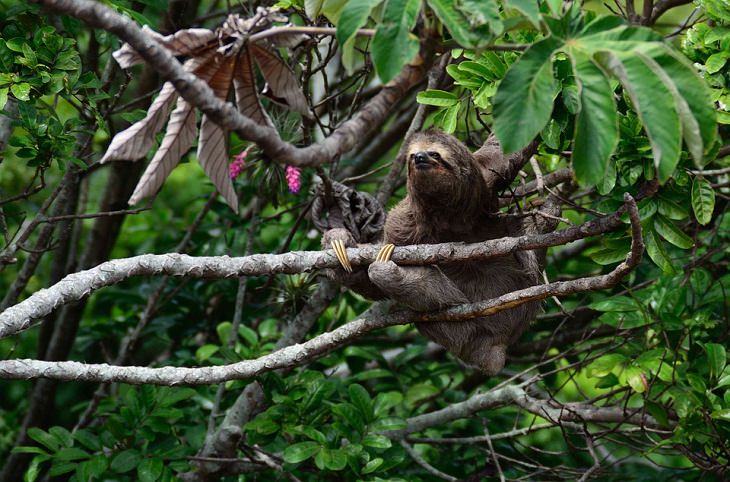
Sloths are slow, of course. Very slow. But are they lazy as well? We don’t actually know when sloths acquired this image, but the word ‘sloth’ is often used to mock someone for being extremely lazy.
Contrary to popular belief, these animals are slow because their metabolism is set at a very low level and they have to conserve energy. So while their bodies might appear to be inactive, sloths actually work hard. They live in the treetops in tropical climates and they can move at a speed of just 6 to 8 feet (1.8 to 2.4 meters) per minute. Since they are so slow, they cannot outrun most predators and hence prefer to stay still on the branches of trees and digest their food.
Sloths also sleep for an average of 9.6 hours a day, which is much less than what most people think, guessing at 16-20 hours usually.
2. Pigs Are Dirty:
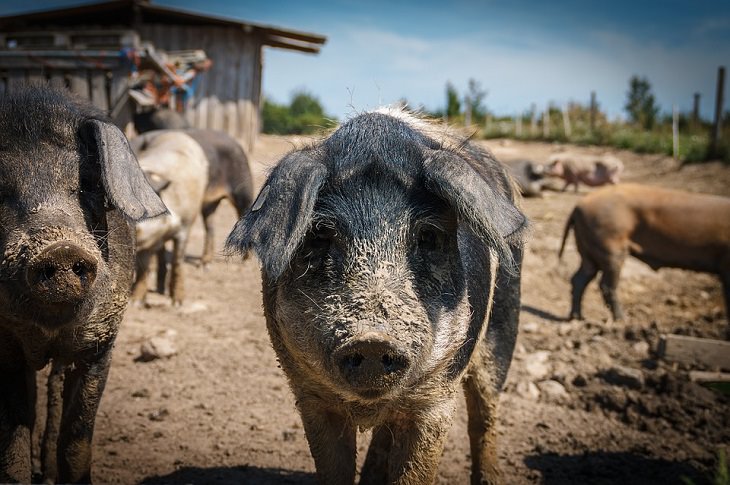
Why do we feel offended when someone calls us a pig? Is it because pigs are considered filthy animals?
You would be surprised to know that pigs are, in fact, incapable of sweating and are generally the cleanest animal on any farm. Pigs don’t like to defecate near their living or eating area if they have a choice. They are also quite intelligent and many animal experts consider them much more trainable than cats and dogs.
Since pigs can’t sweat, they often wallow in mud to cool down. Their muddy appearance makes them seem untidy and slovenly. As most pigs stay in little spaces in farms that are overcrowded and covered in dirt, they are unable to follow their naturally clean instincts.
3. Dolphins Are Always Smiling and Happy:
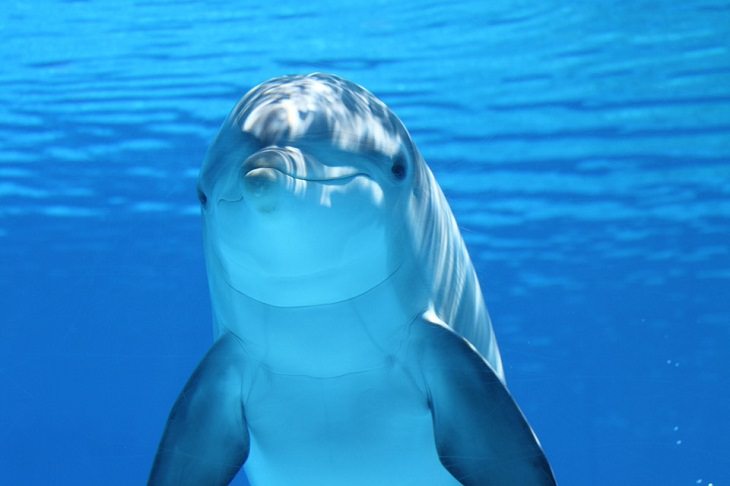
Dolphins have almost always been depicted as happy, intelligent and friendly. When we look at a dolphin, it appears as if they are smiling and thus give off a friendly vibe. This has reinforced the stereotype that dolphins are the friendliest creatures and are always smiling.
Interestingly, though, dolphins are incapable of changing their facial expressions. They have permanently curved mouths and their jaws are configured in such a way that it appears as if they are always smiling. So even if a dolphin is aggressively attacking prey or is genuinely sad, its expression will always remain the same.
Also, recent research shows that while dolphins are certainly brainy, their friendly demeanor is often exaggerated. "They are very intelligent, but just like humans can be nasty and conniving," says Richard Connor of the University of Massachusetts at Dartmouth. Many dolphins are often friendly, outgoing and curious but some of them have also been reported to attack humans and other marine mammals when they feel threatened or are stressed.
4. Elephants Have Really Good Memories:
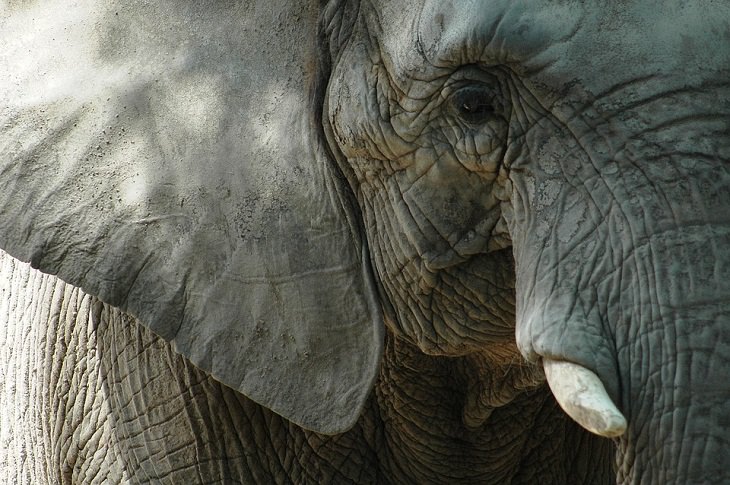
"An elephant never forgets," is what we've read countless times courtesy that famous old saying. But do elephants really have good memories?
In this case, there might be some truth to the stereotype. Elephants have large brains and that is likely to increase their memory capacity. An adult elephant’s brain weighs around 10.5-pounds and it helps in encoding identification and survival data and allows the details to be recalled later.
Researchers who have studied elephants in the wild have noted that these animals can recall the exact places where the herd has discovered food in the past. In fact, the matriarchs of the herd also remember where proper water can be found over the span of many years and can guide their herds towards it over long distances. This proves that elephants have a great ability to remember details about their spatial environment for a very long time.
5. Spiders Want to Bite You:
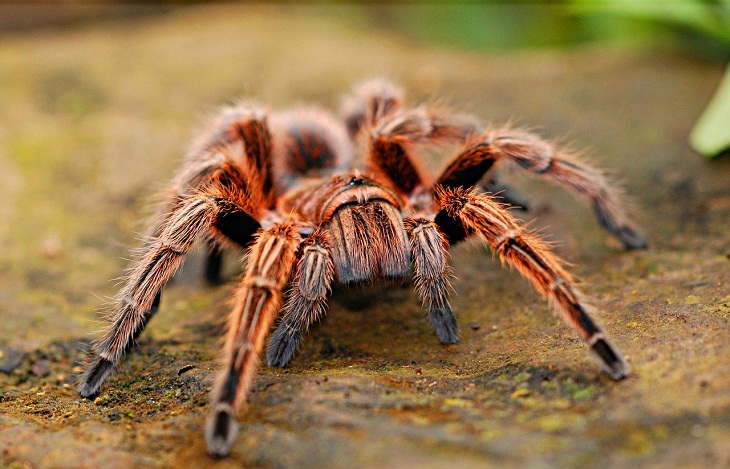
Even the tiniest spider can creep most of us out, right? One look at a spider and our first thought is to exterminate it as it might bite us.
However, very few know that spiders have no interest in biting humans. In fact, they like to stay away from us in their little corners, going about their daily lives. Several noted arachnologists have noted that even after spending years handling a variety of arachnids they have only been bitten a few times. They observe that a spider is only likely to attack a human if one accidentally encroaches into its space. Even the most aggressive house spider will probably only bite you if it fears that its eggs are in danger.
So stop screaming or shuddering the moment you notice a spider in your house. It is only minding its own business.
6. Crocodiles Actually Shed Tears:
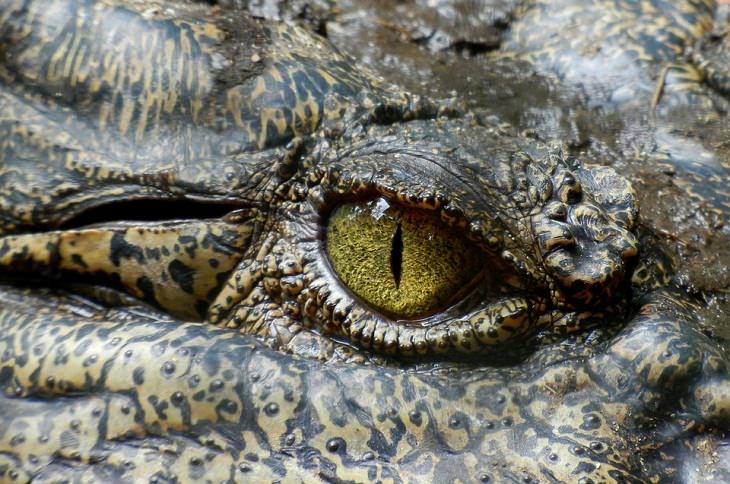
The expression “to cry crocodile tears” is well-known and is used for someone who feigns sadness. Where did this phrase originate from? As far as the English language is concerned, the expression was first used in the 14th-century description of crocodiles by Sir John Mandeville. "These serpents slay men, and they eat them weeping, and when they eat they move the over the jaw, and not the nether jaw, and they have no tongue."
So does a crocodile actually shed tears without meaning to when they are having a meal? Surprisingly, the answer to that is yes. However, they do it for physiological reasons rather than remorse. Researchers have observed that it is very likely that when a crocodile eats, its tear ducts are automatically stimulated because of an unusual arrangement of its jaws and skull causing an overproduction of tears.
7. Hyenas Are Really Evil:

Hyenas are perhaps the greatest stereotyped animal ever. They have almost always been represented as evil and dumb in movies and books for children – ‘The Lion King’ and ‘The Jungle Book’ are a great case in points. In fact, this poor animal has been almost universally despised across human cultures and is widely regarded to be dirty, ugly, and mean.
Yes, it is true that the giggle or grunt of the spotted hyena makes it appear almost psychotic. Add to this the fact that hyenas aren’t considered the most attractive animals on earth in the general sense. For most people, hyenas are just conniving scavengers not worthy of much attention.
In her book, 'The Hyena Scientist', noted naturalist and author Sy Montgomery, has observed: “The hyena’s fabled laugh isn’t what people think. There’s nothing funny about it to a hyena. Instead of a hysterical giggle, it’s actually a sound of excitement, or even fear, uttered, for instance, when someone—like a lion—attacks the hyena or steals its food.”
So the hyena isn’t evil or conniving. Like every other scavenger that inhabits this earth, it is merely trying to survive.
8. Weasels Are Really Sneaky:
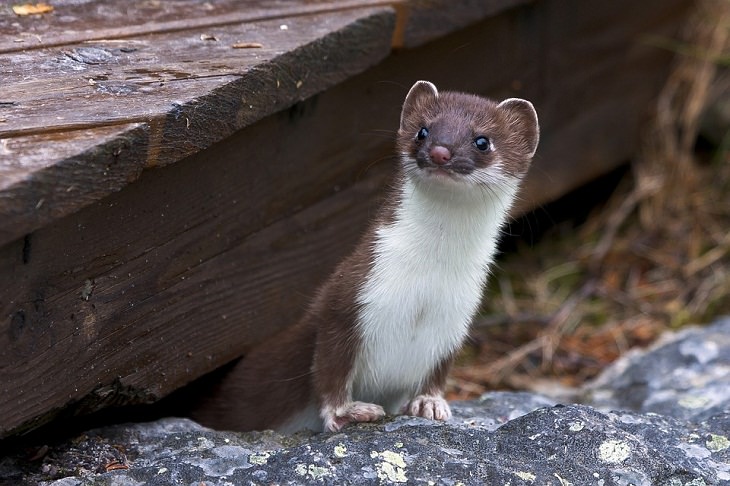
What does it imply when we call someone a ‘weasel’? In all likelihood, we mean to say they are being sly, untrustworthy or deceitful. Why have weasels acquired this reputation, are they indeed cunning and unfaithful animals?
Well, we can’t deny that the weasel has a remarkably sleek and sinewy body and it can slip easily through the tiniest holes and crevices without making much of a sound. But does that make them “sneaky”? Why should an innocent animal be slandered mercilessly when all it does is concentrate on finding ways to survive every day?
It is very likely that weasels got this image while attacking poultry farms for food in villages (just like foxes and cats do many a time). While this behavior may not be acceptable to the farmers, it is nothing more than the weasel’s attempt to survive.